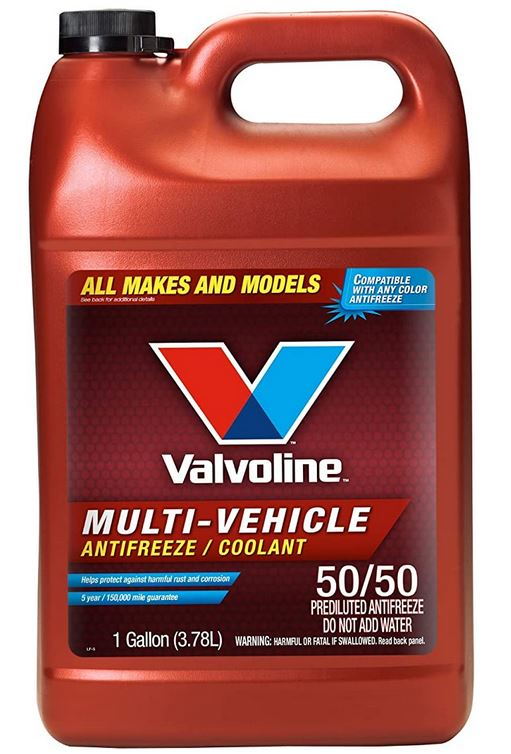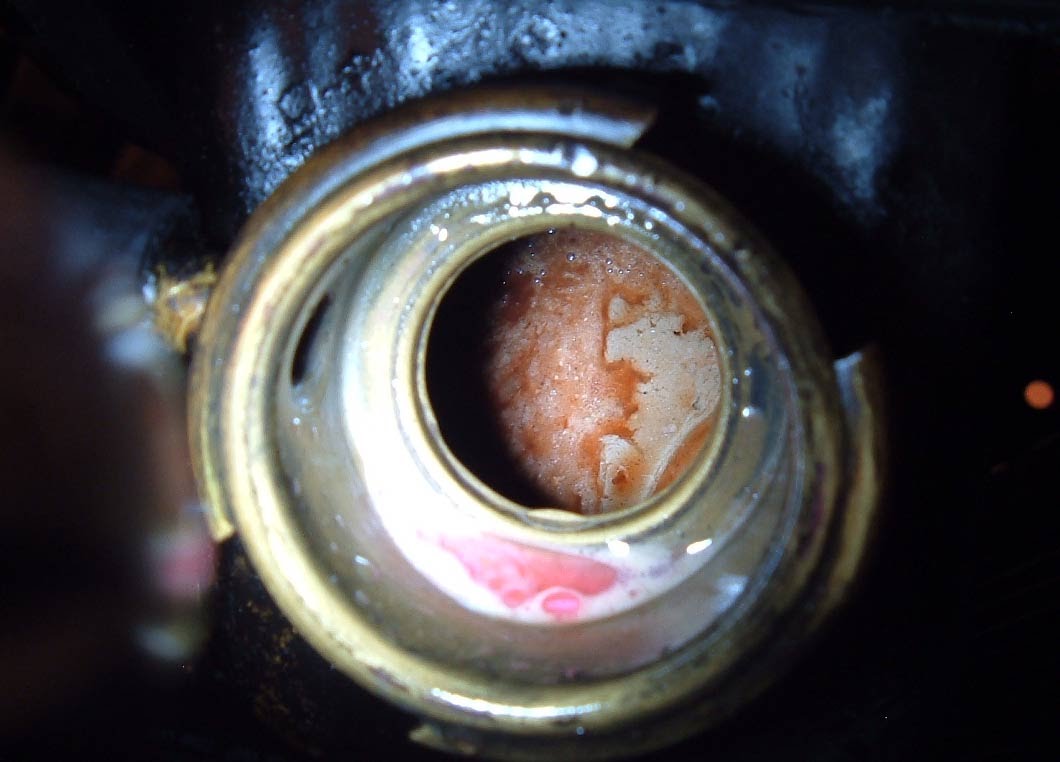

70\30 may be fine, espcially if you anticipate topping with water. I have tested coolant as low as -20 here (real temps, windchill not counted) and found excellent flow ant no crystallization. I have found 50\50 G12 works fine here in NE. Not on the Dexcool magnitude, but definately heavy sludge buildup. Morons! I actualyy have seen buildup problems from that. When I worked at a VW dealership, the repairmen there always used 100% G12. That is some of my Dex experience from my years at a GM dealership. Many of the GM guys I worked with also used 100% Dex.ouch! They for some reason didnt know better despite the bottle and the GM bullitens saying to use 50\50. I have also serviced several GM vehicles with ovewr 300k using Dex and NO PROBLEMS WHATSOEVER. They exhibit a lack of heat (clogged core). When it is NOT MIXED 50\50!!!!!!! I have had to flush brand new GM vehicles for this (factory filled 70\30 or 100%). I havent mixed Dex with G12 yet, but I have used G12 in a G5 approved Daimler\Chrysler several times.same stuff. Hybrid OAT coolants are currently used by many European vehicle manufacturers as well as Ford and Chrysler. Silicate also helps repair surface erosion caused by cavitation in the water pump. Hybrid OAT coolants add some silicate to provide quick-acting protection for aluminum surfaces. Hybrid OAT coolants, also known as “G-05.” This formulation also uses organic acids, but not 2-EHA (different organic acids are used). OAT corrosion inhibitors provide excellent long-term protection for aluminum and cast iron, but may not be the best choice for older cooling systems that have copper/brass radiators and heater cores. Consequently, OAT coolants typically have a recommended service life of five years or 150,000 miles. The corrosion inhibitors in OAT coolants are slower acting but much longer-lived than those in traditional North American green coolants. But Honda has an extended-life OAT coolant that is dyed dark green and does not contain 2-EHA. Volkswagen/Audi uses a similar product that’s dyed pink. OAT-based coolants are usually (but not always) dyed a different color to distinguish them from traditional North American green antifreeze. OAT stands for Organic Acid Technology, and includes such ingredients as sebacate, 2-ethylhexanoic acid (2-EHA) and other organic acids, but no silicates or phosphates (except in the case of Toyota’s pink extended-life coolant, which adds a dose of phosphate to its extended-life OAT-based antifreeze). But the short-lived nature of the corrosion inhibitors means this type of coolant should be changed every two to three years or 30,000 miles (though some products now claim a service interval of up to 50,000 miles with improved chemistry). Again, always defer to the owner’s manual. For example, OAT coolants should not be used in a vehicle that specifies the use of a hybrid OAT coolant. The fast-acting silicate and phosphate corrosion inhibitors provide quick protection for bare iron and aluminum surfaces, and have a proven track record of providing trouble-free service in virtually any vehicle application (domestic, Asian or European), assuming the chemistry is correct. Traditional North American “green” antifreeze, the original “universal” formula that everybody used until the introduction of today’s extended-life coolants. There are essentially three basic types of coolants: Only systems that have a sealed/pressurized expansion tank can use G-12 since they are sealed off from the outside air. G-12 is formulated for use ONLY in sealed cooling systems!!! If you use it in a conventional system like that in the older cars where they have an expansion tank you run the risk of causing problems due to oxidation of the coolant. The other advantage is that the coolant when it comes in contact with air solidifies and allows you to find leaks by looking for the white/pink tracer. The next time you look inside a TDI motor that has run G-12 for 300,000 miles you won't find the slighest bit of corrosion! G-12 far and away has some of the best qualities of any coolant I have ever seen.

Keep in mind that the G-12 is significant enough that if mixed with coolants like Dex-Cool or conventional coolants that your motor will suffer severe damage. Click to expand.I am pretty sure that only Mercedes and VW coolants are compatible and both are "Phosphate Free" HOAT based coolants.


 0 kommentar(er)
0 kommentar(er)
